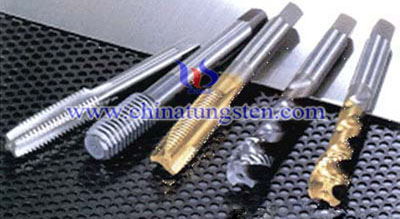Tungsten Carbide Cutting Tool Coating Introduction
- Details
- Category: Tungsten Information
- Published on Thursday, 30 October 2014 17:56
Tungsten carbide cutting tool, after the coating treatment, can achieve solid lubrication, reduce friction and cementation, reduce heat absorbing and thus withstand relatively high cutting temperature.
The properties of tungsten carbide cutting tool coatings depend on their micro-structure and chemical constituents, the materials natures and also the manufacturing process. Different manufacturing processes will produce coatings with different mechanical properties and structures. There are some main problems that needed to be taken into consideration during tungsten carbide cutting tool coating processing:
I. Choosing of coating processing methods;
II. Matching of coatings and base materials;
III. Choosing of coating thickness;
IV. Interaction and diffusion between coatings and base materials;
V. Coating conditions, technological parameter, base pretreatment before coating processing, etc.
The relatively common tungsten carbide cutting tool coating processing methods include chemical vapor deposition (CVD), physical vapor deposition (PVD), plasma spraying, sol-gel method, etc.

Tungsten Manufacturer & Supplier: Chinatungsten Online - http://www.chinatungsten.com
Tel.: 86 592 5129696; Fax: 86 592 5129797
Email: sales@chinatungsten.com
Tungsten & Molybdenum Information Bank: http://i.chinatungsten.com
Tungsten News & Tungsten Prices, 3G Version: http://3g.chinatungsten.com
Molybdenum News & Molybdenum Price: http://news.molybdenum.com.cn